We shine a light on how light therapy can improve your mood
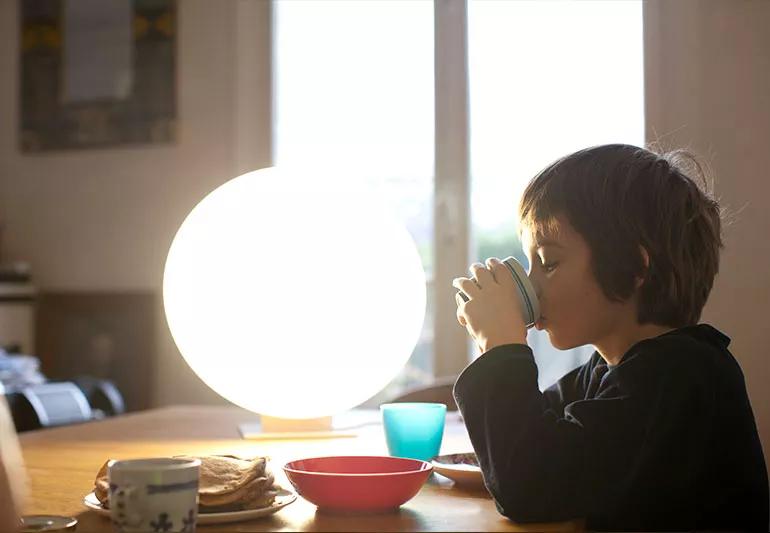
The winter months may mean snowball fights, hot cocoa and holiday decorations, but they also means less sunlight. And less sunlight can lead to seasonal affective disorder (SAD), which is now known as a major depressive disorder with a seasonal pattern.
Advertisement
Cleveland Clinic is a non-profit academic medical center. Advertising on our site helps support our mission. We do not endorse non-Cleveland Clinic products or services. Policy
SAD is a form of depression that typically happens in the fall or winter. The lack of sunshine affects our circadian rhythms, the name given to the “internal body clock” that regulates the 24-hour cycle of biological processes in our bodies.
Reduced sunlight can also cause your serotonin levels to drop and melatonin levels to become unbalanced, which can play a role in your sleep patterns and mood.
For many, using light therapy can help treat SAD and other conditions like depression and sleep disorders.
Psychologist Adam Borland, PsyD, talks about how light therapy works and how to use it at home.
Also known as phototherapy or bright light therapy, light therapy can be used to treat SAD and other conditions by using artificial light. To use light therapy, you need to sit or work near a light therapy box for about 30 minutes.
“Especially in the winter, our bodies react to the gray, cold weather and lack of natural sunlight,” says Dr. Borland. “What light therapy does is compensate for the lack of exposure that we get from natural sunlight.”
While most light boxes or other light therapy devices use full-spectrum fluorescent light, there are also different types of light therapy that might offer benefits beyond treating SAD.
Advertisement
About 5% of adults in the U.S. experience SAD, which tends to start in young adulthood. About 75% of people who get seasonal affective disorder are women.
If you have SAD, you may experience some of the following symptoms:
To get the most-effective and longest-lasting boost in your alertness, mood, energy and concentration, it’s important to use light therapy regularly. Research shows that light therapy is considered the best treatment for SAD.
By helping your circadian rhythm and balancing serotonin levels, research shows that light therapy may improve depression.
A study shows that whether light therapy was used alone or with fluoxetine, an antidepressant medication, it was effective in improving symptoms of depression.
If you have insomnia or circadian rhythm sleep disorders, research shows that using light therapy can help by positively affecting melatonin and serotonin levels in your brain.
It can also help you set up and keep an ideal sleep schedule.
If you’re taking an antidepressant, think of using light therapy in partnership with your medications.
“What it does is help balance and activate the serotonin in our brains,” says Dr. Borland. “So if someone is taking medication and engaging in talk therapy, all those things can certainly help with mood.”
While there are light therapy options like dawn stimulators and natural spectrum light bulbs, using a light box (a flatscreen device that uses full-spectrum fluorescent light) is the most common in treating SAD.
If you’re interested in using a light box, there are plenty of affordable options available. But Dr. Borland says to do your homework and look for one that gives an output of 2,500 to 10,000 lux (a way to measure light brightness).
Here’s the best way to use your light box:
Advertisement
Dr. Borland cautions that you should talk to your healthcare provider before starting light therapy. It might not be the best option for individuals with vision-related conditions, those who are on certain medications like anti-inflammatories or antibiotics, people who are sensitive to light and those with bipolar disorder.
You may also experience headaches, blurry vision, fatigue and eye strain while using light therapy. If symptoms worsen, call your doctor.
But with its affordable price point and small, convenient size, using a light box can be beneficial.
“Go in with an open mind,” says Dr. Borland. “This is something that can be used in addition to medication, talk therapy, exercise and socializing — all these things that are important in life.”
Advertisement
Learn more about our editorial process.
Advertisement

If you experience warm weather seasonal depression, you’re not alone

Cozying up with friends and family can make cold, dark days more meaningful

An expert explains how seasonal weather changes affect our health
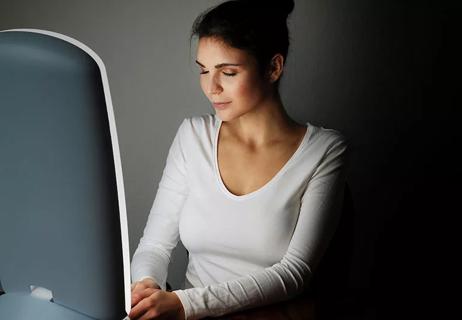
Helpful tips to ward off the winter blues
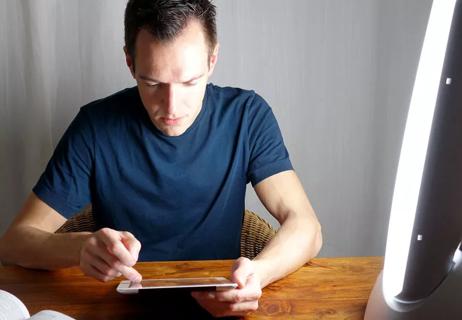
Light therapy can boost sleep and help fight depression

Plus, helpful tips for managing SAD during these challenging times
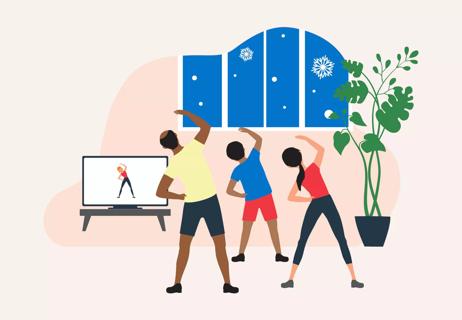
Step back from social media, set boundaries and spot the symptoms of SAD
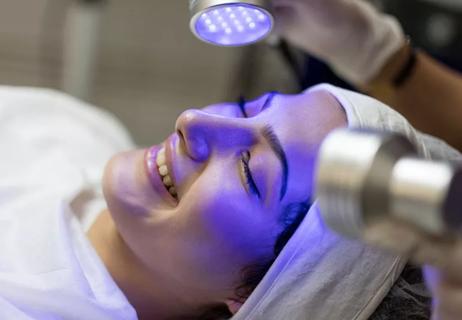
Go blue to treat acne, sun damage and skin cancer

Type 2 diabetes isn’t inevitable with these dietary changes

Applying a hot or cold compress can help with pain